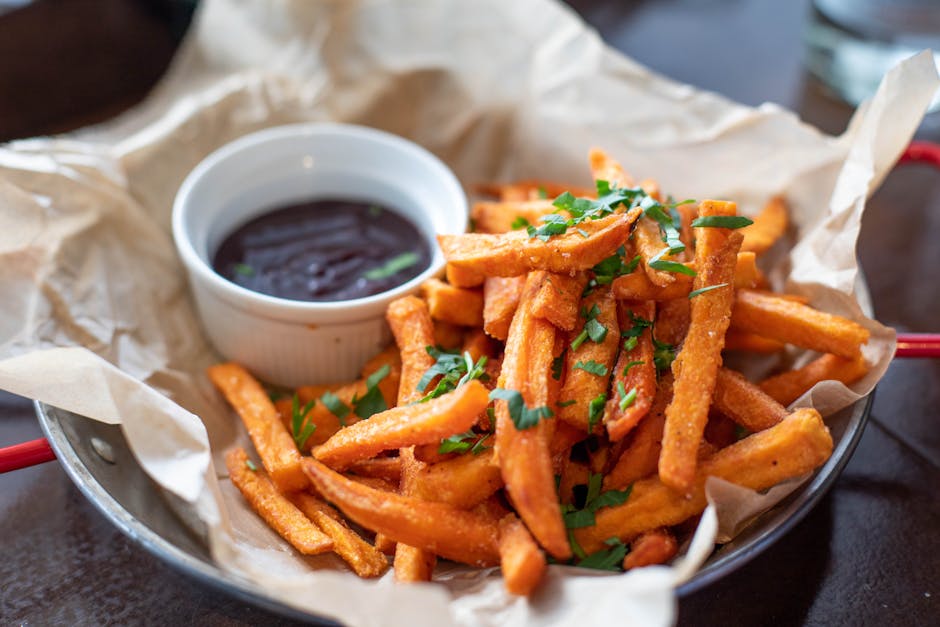
Everyone wants to know it. You’re scrolling through your feed, you see someone on a yacht, and you think, how? How are they making that kind of money just posting stuff online? It’s the big question for anyone trying to make it in the creator world in 2025. What social media platform pays the most?
The answer isn’t just one name. It’s kind of messy, and it really depends on what you’re doing. Some platforms are good for one thing, others are good for another. So let’s just get into it and see where the real cash is hiding.
The King of Cash: Is YouTube Still on Top?
For a long, long time, YouTube has been the top dog. It’s the place people thought of when they imagined making a living online. And honestly, for direct-from-the-platform payments, it’s still a total monster.
The reason for this is because of its ad system. It’s a very established way for creators to get a piece of the pie. It is a system that has been refined over many many years.
You know how it works. You watch a video, an ad plays before or during it, and the creator gets a cut of that ad money. It’s pretty straightforward, which is nice for a change.
Ad Revenue – The Big Money Maker
This is really the core of making money on YouTube. Your payment is generally based on something called CPM, or cost per mille. Basically it’s how much advertisers pay per 1,000 views.
A gaming channel might have a lower CPM than a finance channel. Why? Because an advertiser selling investment software will pay way more to get in front of finance nerds. It just makes sense.
So a creator with 100,000 views on a video about stocks could make a lot more than someone with 500,000 views on a prank video. Niche is super important here.
Beyond Ads: Other Ways to Get Paid
YouTube isn’t a one-trick pony though. They have a bunch of other things going on. There’s Channel Memberships, where people pay a monthly fee for special perks.
Then you have Super Chats and Super Thanks. This is where viewers can pay to have their comment highlighted during a live stream or on a video. It’s like a digital tip jar, basically.
The Short-Form Showdown: TikTok vs. Instagram Reels vs. YouTube Shorts
Okay, so what about the fast stuff? Short videos have completely taken over social media, and everyone wants to know what social media platform pays the most for these little clips. This is where things get a bit weird.
TikTok started the whole thing with its Creator Fund. The idea was to pay creators for their popular videos. But a lot of creators will tell you the pay per view is… not great. Like, fractions of a penny.
The thing with TikTok is volume. You can get millions of views much easier than on YouTube. So those little pennies can add up, but it’s not normally life-changing money from the fund alone.
Instagram has been all over the place. They had a “Reels Play Bonus” program that would pay creators big money, but it was invite-only and seemed to come and go. It’s not something you can really count on for a steady income.
YouTube Shorts is now part of the main YouTube Partner Program. This means creators get a share of the ad revenue from ads that play between Shorts. It’s more consistent than the other platforms, but the payout per view is still much lower than for long videos.
So for short videos, the platform payout is usually pretty small. The real money here comes from brand deals. A viral TikTok video is like a giant billboard for companies. That’s where the big checks are.
Don’t Sleep on These Other Platforms
It’s not just about video. There are other corners of the internet where people are making some serious money, and you should probably know about them.
These platforms work on a totally different model. It’s less about ads and more about direct support or selling stuff. This gives the creator way more control which is a good thing.
The Niche Goldmine: Pinterest & Substack
Pinterest is a weird one. The platform itself doesn’t pay you a dime. But it’s an absolute machine for driving traffic. People use it to plan purchases.
If you have a blog with affiliate links or you sell your own products, Pinterest can send a ton of buyers your way. It’s an indirect way of making money, but for some people, it’s their biggest source of income.
Then you have things like Substack or Patreon. These are for creators who have a really dedicated audience. People subscribe directly to you, paying a monthly fee for your newsletter, your podcast, or your art. It’s a direct connection with your supporters.
So, What Social Media Platform Actually Pays the Most in 2025?
After all that, we’re back to the main question. And the honest-to-goodness answer is: it depends completely on who you are and what you make. It is this fact that makes giving one single answer impossible.
There’s no magic bullet. But we can break it down to make it clearer.
For the highest potential direct platform payouts from ads, YouTube (long-form video) is still the undisputed champion. If you make detailed videos in a high-value niche like finance, tech, or business, your ad revenue can be huge.
For creators who are great at building a personality and getting brand deals, Instagram and TikTok are the best. The platform won’t pay you much, but your ability to go viral can get you a $20,000 brand deal for a 60-second video.
For writers, experts, podcasters, and artists with a core, dedicated following, Substack or Patreon is where the money is. This model gives you a stable, predictable monthly income straight from the people who like your work.
For people who sell products or use affiliate marketing, Pinterest is a hidden gem. It’s not direct payment, but its power to drive sales is something you can’t ignore.
The game in 2025 isn’t about picking one platform. It’s about knowing where your strengths are and what kind of content you want to make. The highest-earning creators are usually on multiple platforms, using each one for what it’s good at.
FAQs About What Social Media Platform Pays the Most
What social media platform pays the most per 1,000 views?
Generally, YouTube long-form video pays the most per 1,000 views (CPM) because of its established ad-sharing model, especially in valuable niches like finance or technology.
Can you actually make a full-time living from TikTok?
Yes, but usually not from the Creator Fund alone. The top TikTok earners make most of their money from brand sponsorships, selling their own merchandise, and promoting their other projects.
Is it too late to start making money on YouTube in 2025?
Not at all. It’s more competitive, for sure. But finding a specific niche that you can be the go-to person for is still a totally viable way to build an audience and earn income.
What is the easiest social media to start making money on?
There isn’t an “easy” one, but TikTok probably has the lowest barrier to entry for getting views. Its algorithm can push a brand new account to thousands of people overnight. Turning those views into money, however, is the hard part.
Do you need a lot of followers to make money?
Not always. On platforms like Substack or with affiliate marketing on a blog, a small, highly engaged audience of 1,000 people can be more profitable than 100,000 passive followers on Instagram. It’s about the quality of your audience, not just the size.
Key Takeaways
There’s no single “highest paying” platform; it depends on your content type.
YouTube is still king for direct ad revenue on long-form videos.
TikTok and Instagram are best for building a brand and getting sponsorship deals. Direct platform payouts for short videos are generally low.
Don’t ignore other models like subscriptions (Substack/Patreon) or traffic-driving for sales (Pinterest).
The smartest creators in 2025 use a mix of platforms, playing to the strengths of each one to build their business.






